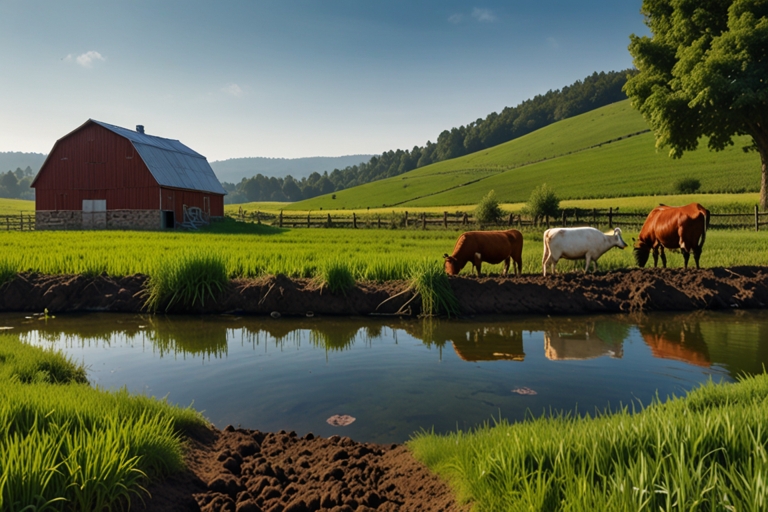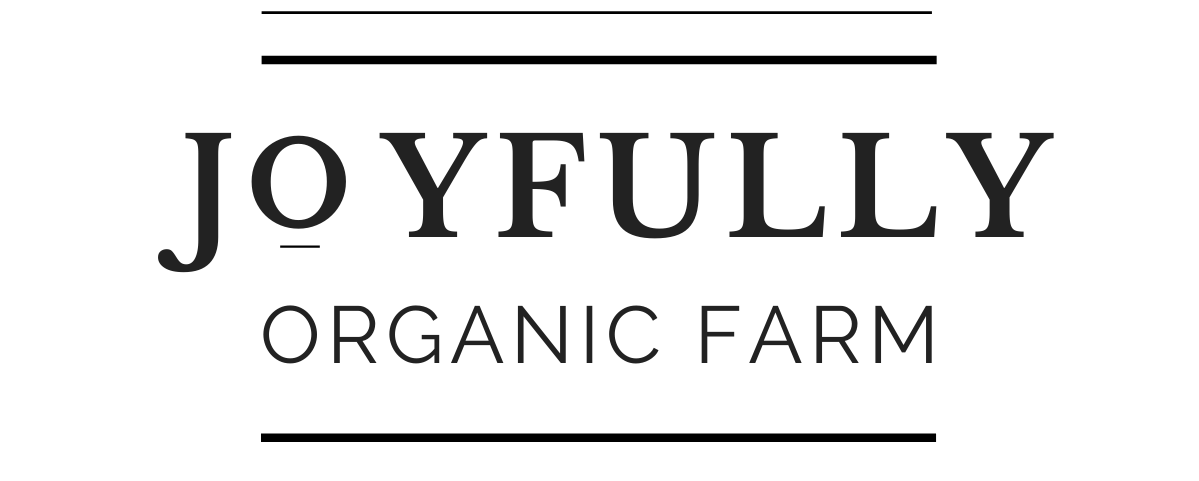Discover the 2 Proven Types of Organic Farming for Healthier Crops
Table of Contents
- Introduction
- What is Organic Farming?
- Types of Organic Farming
- 3.1. Pure Organic Farming
- 3.2. Integrated Organic Farming
- Key Features of Organic Farming
- Advantages of Pure and Integrated Organic Farming
- Examples of Organic Farming Techniques
- How to Choose the Right Type of Organic Farming for Your Needs
- Conclusion
- FAQs
- References
Introduction
Organic farming has become a cornerstone of sustainable agriculture, addressing growing concerns about food safety, soil degradation, and environmental preservation. In contrast to conventional agriculture, Types Of Organic farming prioritizes natural methods for growing crops and rearing livestock while avoiding synthetic chemicals. Among the various approaches to organic agriculture, two primary types stand out: Pure Organic Farming and Integrated Organic Farming. Understanding these methods is essential for anyone interested in adopting sustainable agricultural practices.
What is Organic Farming?
Organic farming is an agricultural system that relies on natural inputs like compost, green manure, crop rotation, and biological pest control to produce healthy and environmentally friendly food. It focuses on maintaining soil fertility, biodiversity, and ecological balance without using synthetic fertilizers or pesticides.
Types of Organic Farming
- Pure Organic Farming
Pure organic farming strictly adheres to organic principles by using 100% organic inputs and avoiding any synthetic chemicals or genetically modified organisms (GMOs).
Key Features of Pure Organic Farming
- Natural Fertilizers: Use of compost, vermicompost, and green manure.
- Pest Control: Biological pest control methods such as introducing natural predators and using neem-based pesticides.
- Crop Diversity: Employs crop rotation and intercropping to enhance soil health and reduce pests.
Advantages of Pure Organic Farming
- Ensures wholly organic and chemical-free produce.
- Protects and improves soil fertility over time.
- Promotes biodiversity and natural ecosystems.
Challenges of Pure Organic Farming
- Requires high labour input and expertise.
- May yield lower productivity compared to integrated methods in the short term.
- Integrated Organic Farming
Integrated organic farming combines organic practices with compatible modern farming techniques to maximize resource efficiency. It often involves integrating crops, livestock, aquaculture, and agroforestry into a single farming system.
Key Features of Integrated Organic Farming
- Mixed Farming: Combines crop cultivation with livestock rearing or fish farming.
- Resource Recycling: Uses farm waste as compost or livestock feed.
- Sustainable Irrigation: Implements drip irrigation and rainwater harvesting.
Advantages of Integrated Organic Farming
- Enhances productivity by utilizing multiple farming systems.
- Reduces dependence on external inputs through recycling.
- Generates additional income streams (e.g., selling milk, eggs, or fish).
Challenges of Integrated Organic Farming
- Requires significant planning and initial investment.
- Involves more complex management compared to pure organic farming.
Key Features of Organic Farming
- No Synthetic Inputs: Relies on natural fertilizers and pesticides.
- Soil Health Focus: Maintains soil fertility through organic matter and microorganisms.
- Biodiversity: Encourages diverse crops and natural habitats.
- Water Conservation: Uses efficient irrigation methods.
These are all about Types Of Organic Farming

Examples of Organic Farming Techniques
- Crop Rotation: Prevents nutrient depletion and pest buildup.
- Composting: Recycles organic waste into nutrient-rich fertilizer.
- Biological Pest Control: Introduces beneficial insects like ladybugs.
- Agroforestry: Combines trees and shrubs with crops for ecological balance.
How to Choose the Right Type of Organic Farming for Your Needs
- Pure Organic Farming: Ideal for small-scale farms focusing on premium organic produce.
- Integrated Organic Farming: Suitable for larger farms or those looking to diversify income and optimize resources.These are the best types of Organic Farming.
Conclusion
Understanding the differences between Pure Organic Farming and Integrated Organic Farming is crucial for adopting sustainable agricultural practices. Each approach has its strengths, and choosing the right type depends on your resources, goals, and expertise. By embracing organic farming, farmers can contribute to a healthier planet while meeting the growing demand for eco-friendly food.
FAQs
Table Format
| Technique | Description | Benefits |
| Crop Rotation | Alternating crops to improve soil health and break pest cycles. | Prevents nutrient depletion and pest build-up. |
References
- FAO: Organic Agriculture
- IFOAM Organics International
- Research Articles on Organic Farming by Agricultural Universities

